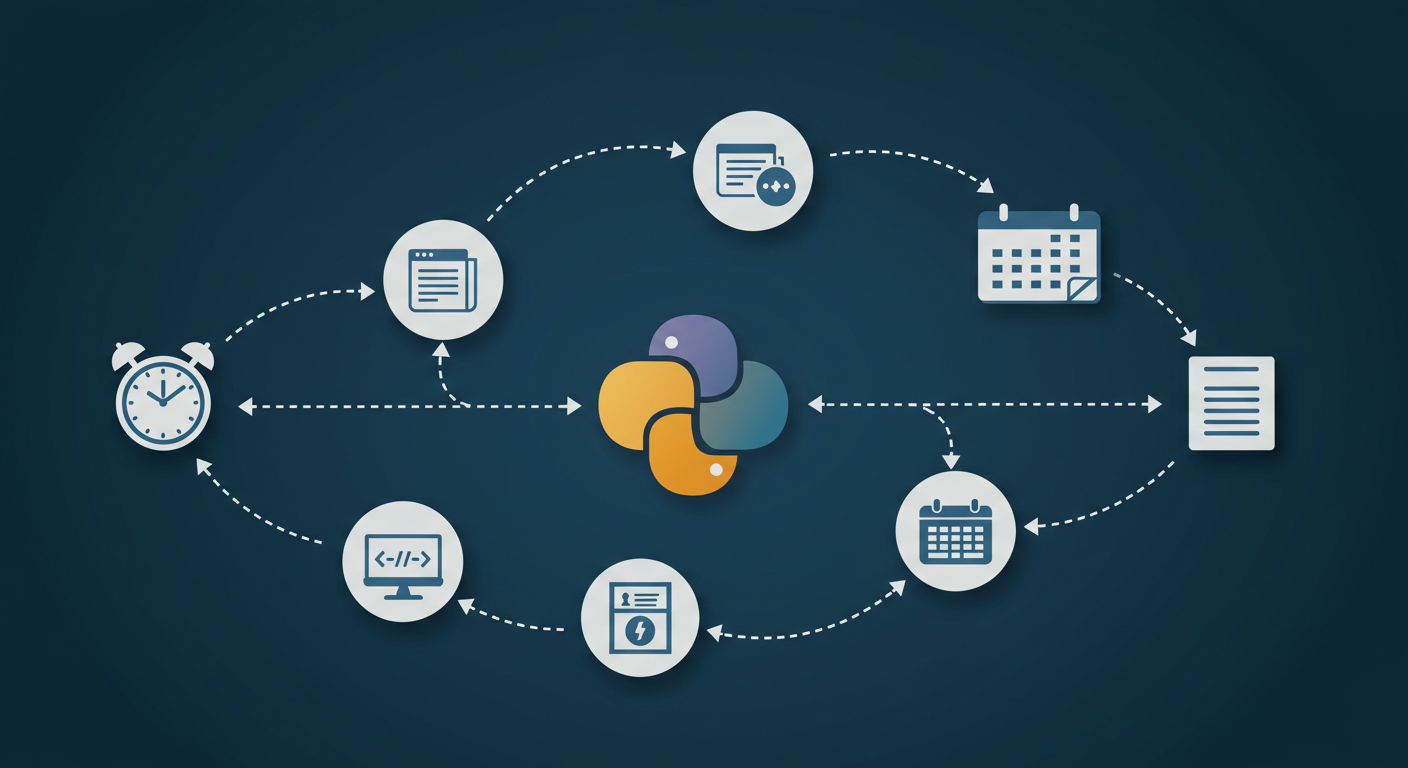
Agent Mode in Action: AI Coding with Vibe and Spec-Driven Flows
The landscape of software development is undergoing a rapid transformation, driven significantly by advancements in Artificial Intelligence. We’ve moved beyond simple autocomplete and syntax highlighting to sophisticated code generation, debugging assistance, and even architectural suggestions. The latest frontier? “Agent Mode” – where AI steps up from being a co-pilot to a more autonomous entity capable of understanding goals, planning steps, executing tasks, and iterating based on requirements.
The Evolution Towards AI Agents in Coding
Historically, AI in coding primarily focused on localized tasks: predicting the next token, suggesting a function name, or refactoring a small code block. Tools like GitHub Copilot or built-in IDE AI features excel at these contextual suggestions. Agent mode represents a paradigm shift. Instead of reacting to the user’s current input, an AI agent is given a higher-level objective – a feature to implement, a bug to fix, a component to refactor – and it takes initiative to plan and carry out the necessary sequence of actions within the codebase. This involves not just writing code, but potentially reading documentation, browsing files, running tests, and interacting with version control, all aimed at achieving the defined goal.
Introducing Vibe (Conceptual Example)
Imagine a tool like “Vibe” (used here as a representative concept for an agentic coding tool). Vibe isn’t just a fancy code generator; it’s designed to act as an intelligent agent within your development environment. It’s equipped with capabilities to understand complex instructions, navigate project structures, interact with APIs, and integrate seamlessly into your workflow. The power of Vibe lies in its ability to operate with a degree of autonomy towards a larger objective, making it fundamentally different from line-by-line code completion.
The Critical Role of Spec-Driven Flows
For an AI agent like Vibe to be effective, it needs a clear understanding of the desired outcome. This is where “spec-driven flows” become crucial. A specification, or “spec,” provides the detailed requirements, constraints, and desired behaviors for the task at hand. Instead of writing code yourself and then asking the AI to refactor or debug, you define what you want the code to do, and the agent takes on the how.
Specs can range from formal API definitions (like OpenAPI) and declarative UI descriptions (like JSX or similar) to structured natural language descriptions outlining feature requirements, data models, or integration points. The clearer and more structured the spec, the better the AI agent can interpret the goal and plan its execution.
Agent Mode in Action: Vibe Leveraging Specs
Consider a scenario where you need to add a new user profile endpoint to your application. In a traditional workflow, you’d manually write the route, the controller logic, interact with the database model, handle validation, and write tests.
With an agentic tool like Vibe operating in “Agent Mode” via a spec-driven flow, the process changes:
- Define the Spec: You provide Vibe with a spec – perhaps a simple YAML file or a structured natural language prompt – detailing the required endpoint path (
/api/users/{id}), the expected request parameters, the structure of the response payload (e.g.,{"id": ..., "username": ..., "email": ...}), validation rules (e.g.,idmust be an integer), and potentially database interaction details (e.g., fetch user by ID from theuserstable). - Vibe Plans: Vibe analyzes the spec, identifies the necessary steps: locate the routing configuration, create/modify a controller file, interact with the user model, add validation logic, and generate corresponding unit tests.
- Vibe Executes: Vibe autonomously performs these steps. It writes the route definition, generates the controller function, adds code to fetch data using the ORM, incorporates validation logic based on the spec, and writes test cases to verify the endpoint behaves as specified.
- Review and Iterate: Vibe presents the generated code. You review it, perhaps make minor adjustments, or provide feedback if something isn’t quite right based on your understanding or implicit requirements not fully captured in the spec. Vibe can then potentially iterate based on this feedback.
This process shifts your role from being a manual code implementer to a spec designer and an AI agent supervisor.
Benefits and Future Outlook
The benefits of this “Agent Mode” approach leveraging spec-driven flows are significant:
- Increased Efficiency: Automates repetitive or boilerplate coding tasks, freeing up developers for more complex problem-solving.
- Improved Consistency: Ensures code adheres strictly to defined specifications and architectural patterns.
- Faster Prototyping: Quickly scaffold new features based on initial specs.
- Reduced Errors: Machines can be more precise in translating specs into code than humans.
While challenges remain – ensuring the specs are comprehensive, handling complex edge cases, and the need for developers to review and understand the generated code – the trajectory is clear. Agent mode, powered by structured specifications, represents a powerful evolution in how we build software. Tools like the conceptual Vibe are paving the way for a future where AI agents handle the implementation details, allowing human developers to focus on the creative, architectural, and strategic aspects of software creation. The era of the autonomous coding agent is dawning, and understanding spec-driven workflows is key to harnessing its power.


